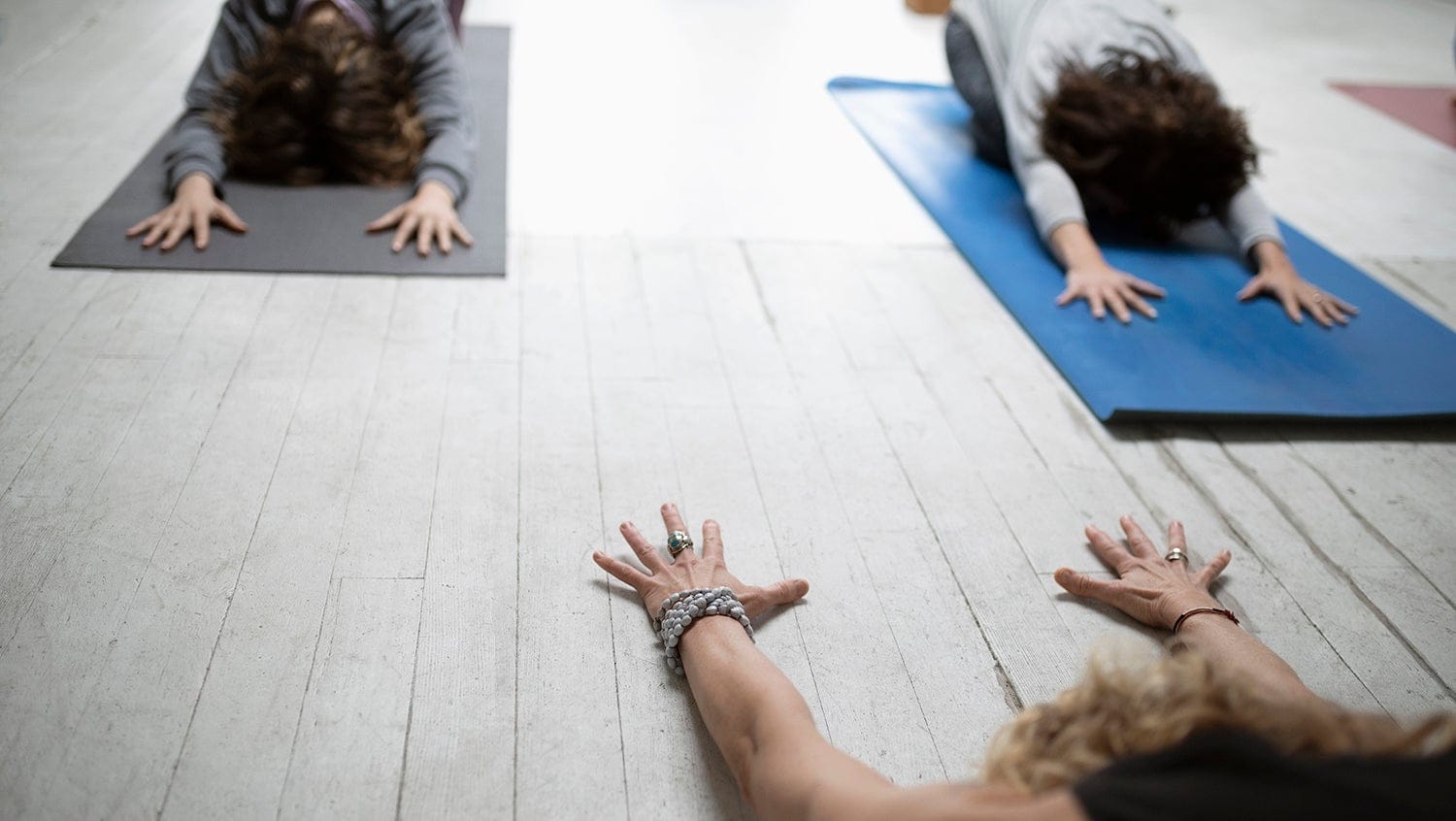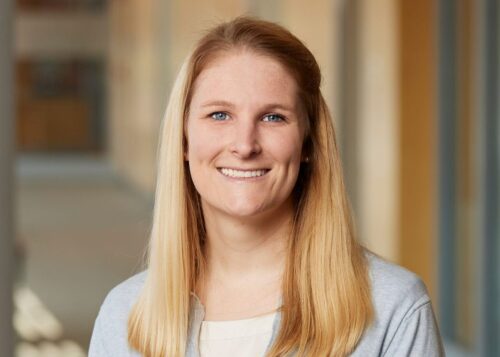Yoga, Physical Therapy Ease Sleep Problems — and the Need for Opioids — in Pain Patients
November 26, 2019

Getty Images
Yoga and physical therapy are effective treatments for co-occurring sleep disturbance and chronic low back pain, research shows.
Chronic lower back pain (cLBP) is a leading cause of disability in the United States, costing an estimated $102 billion yearly in healthcare utilization, missed work, and decreased productivity. More than half of patients with cLBP also experience sleep disturbance, which is commonly treated with sedatives such as benzodiazepines. With pain often treated with opioids, people who require treatment for both conditions face a lot of risk.
Alone, these medications can each have serious side effects — including addiction. Patients that have been diagnosed with opioid use disorder (OUD) commonly have chronic pain conditions before their first OUD diagnosis, according to 2017 research. These patients also had the highest rates of sleep disorder, at 42%.
But benzodiazepines and opioids also interact to increase the risk of opioid-related overdose and death. Approximately one-fifth of fatal opioid overdoses also involve a benzodiazepine, yet the two medications continue to be prescribed together.
As the opioid crisis continues, the healthcare community can agree: We need safer, effective treatment for people in pain to help manage costs and improve patient quality of life.
“Identifying holistic ways to treat these conditions could help decrease the reliance on these medications as well as keep patients safer and more comfortable,” says Eric Roseen, DC, MSc, an assistant professor in family medicine at Boston Medical Center.
Previous research has suggested that yoga and physical therapy are both effective for relieving back pain and improving physical function, reducing the need for pain medication. But what is less understood is how these non-pharmacological therapies impact co-occurring sleep disturbance, a factor that may exacerbate the experience of pain. While cognitive behavioral therapy for insomnia is an effective treatment for improving sleep quality, the shortage of trained clinicians makes it difficult to implement. Comparatively, yoga and physical therapy may be more widely available and more accessible for self-guided, at-home continuing treatment.
According to a new study published in the Journal of General Internal Medicine, yoga and physical therapy are effective approaches to treating co-occurring sleep disturbance and cLBP, while reducing the need for medication and showing long-term benefit.
Led by Roseen, the study evaluated the effectiveness of these non-pharmacologic pain therapies on sleep quality. The randomized controlled trial included 320 low-income, racially diverse adults with cLBP from Boston Medical Center and seven surrounding community health centers. At baseline, over 90% of participants reported poor sleep — findings that support previous insights that low-income, minority patients experience compounding factors that contribute to poorer sleep quality overall.
Participants were assigned to 12 weeks of one of three different therapies: physical therapy, weekly yoga, or educational reading materials on self-management and self-care strategies.
The yoga treatment group included 75-minute classes once per week that involved level-appropriate yoga poses, breathing, relaxation, and meditation. The physical therapy intervention consisted of 15 hour-long appointments over 12 weeks in which patients performed supervised aerobic exercises with the physical therapist. Participants in both groups were encouraged to do at-home practice in between sessions. Participants who received educational materials for managing their back pain also received summary newsletters and check-in calls every three weeks.
Researchers examined sleep improvements over the 12-week intervention period and again at a one-year follow-up. At 12 and 52 weeks, the yoga and physical therapy groups both showed significant modest improvements in sleep quality over the group provided educational materials. What’s more, participants with early improvements in pain after six weeks of treatment were three-and-a-half times more likely to have improvements in sleep after the full 12-week treatment. Significant improvements in sleep quality were maintained even 52 weeks after intervention, suggesting a long-term benefit of these non-pharmacologic approaches for treating not only chronic back pain, but the sleep disturbance that is bi-directionally associated with pain.
“Sleep problems in adults with chronic low back pain can have detrimental effects on a person’s overall health and wellbeing,” says Roseen. “This really emphasizes the need for providers to ask patients with chronic low back pain about the quality of their sleep. Given the serious risks of combining pain and sleep medications, non-pharmacologic approaches should be considered for these patients.”


